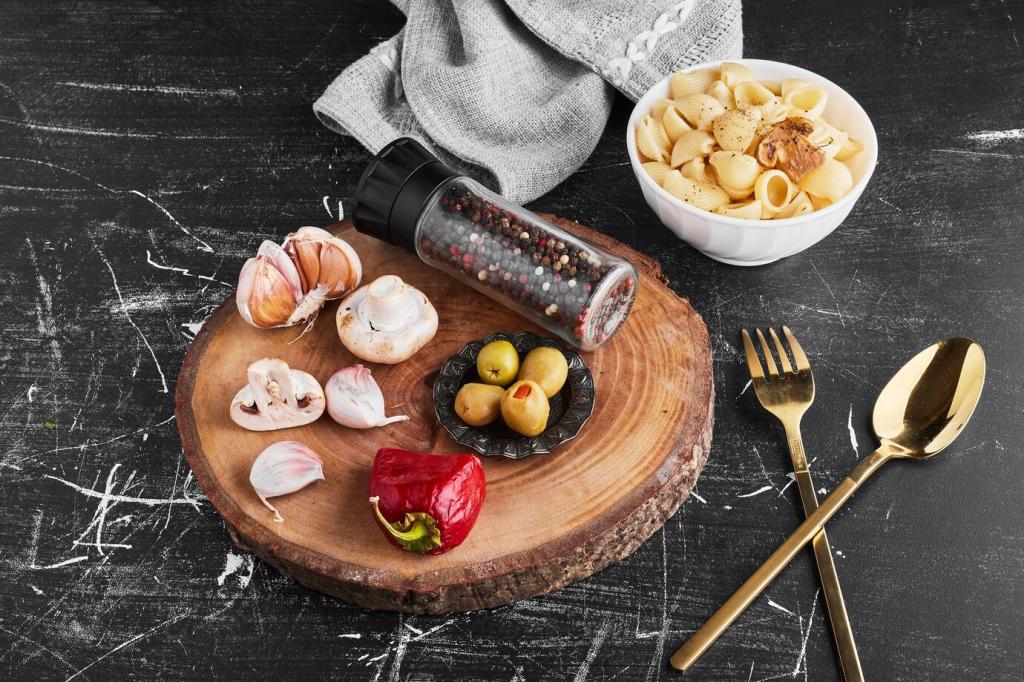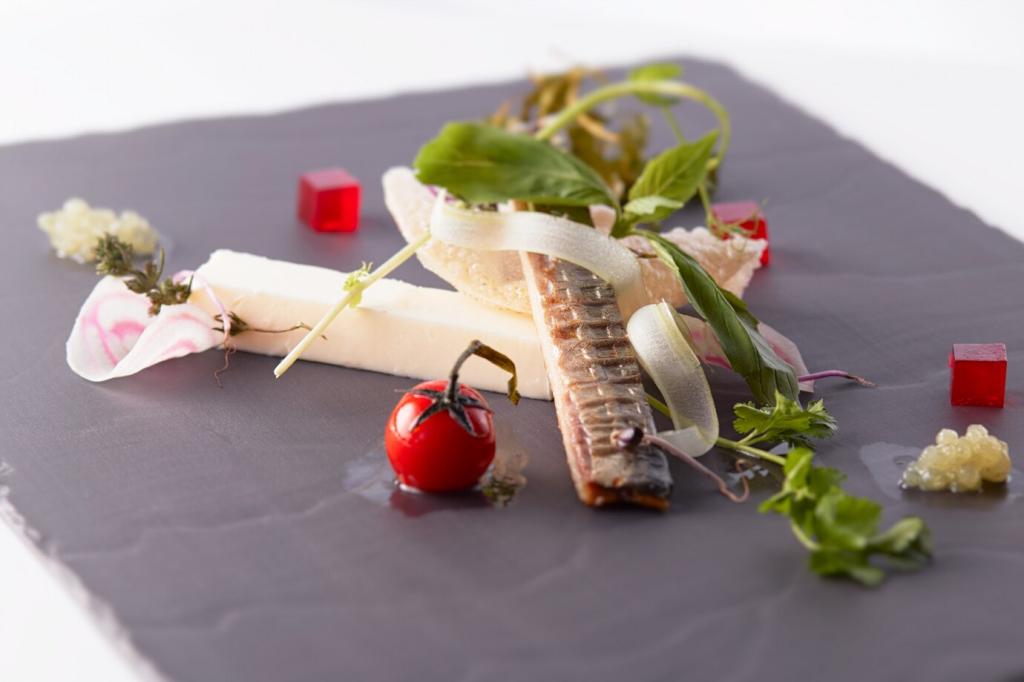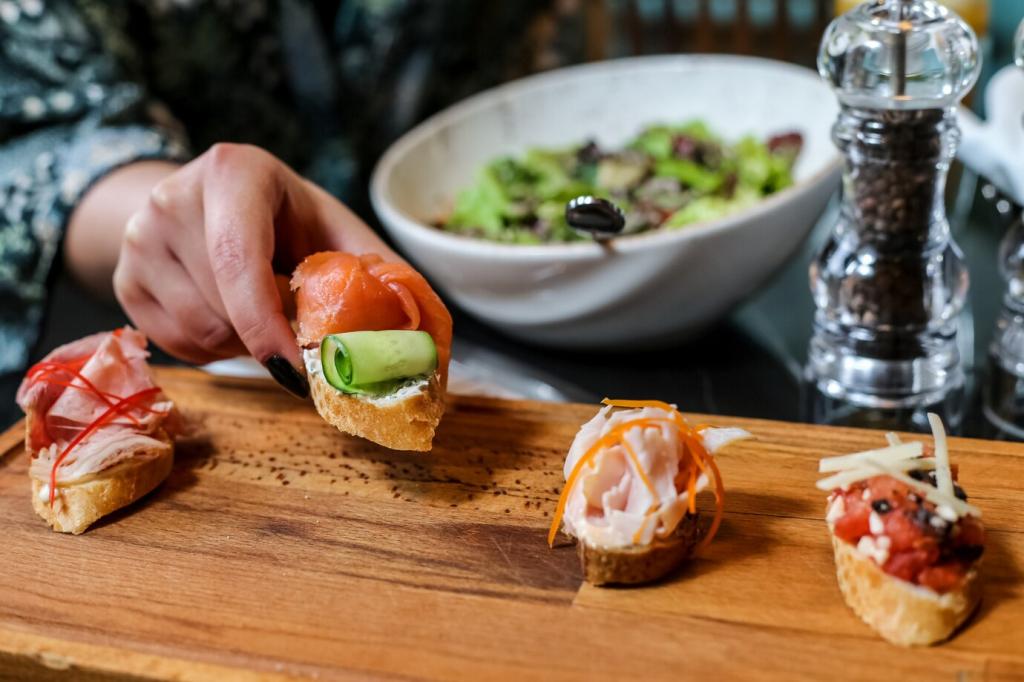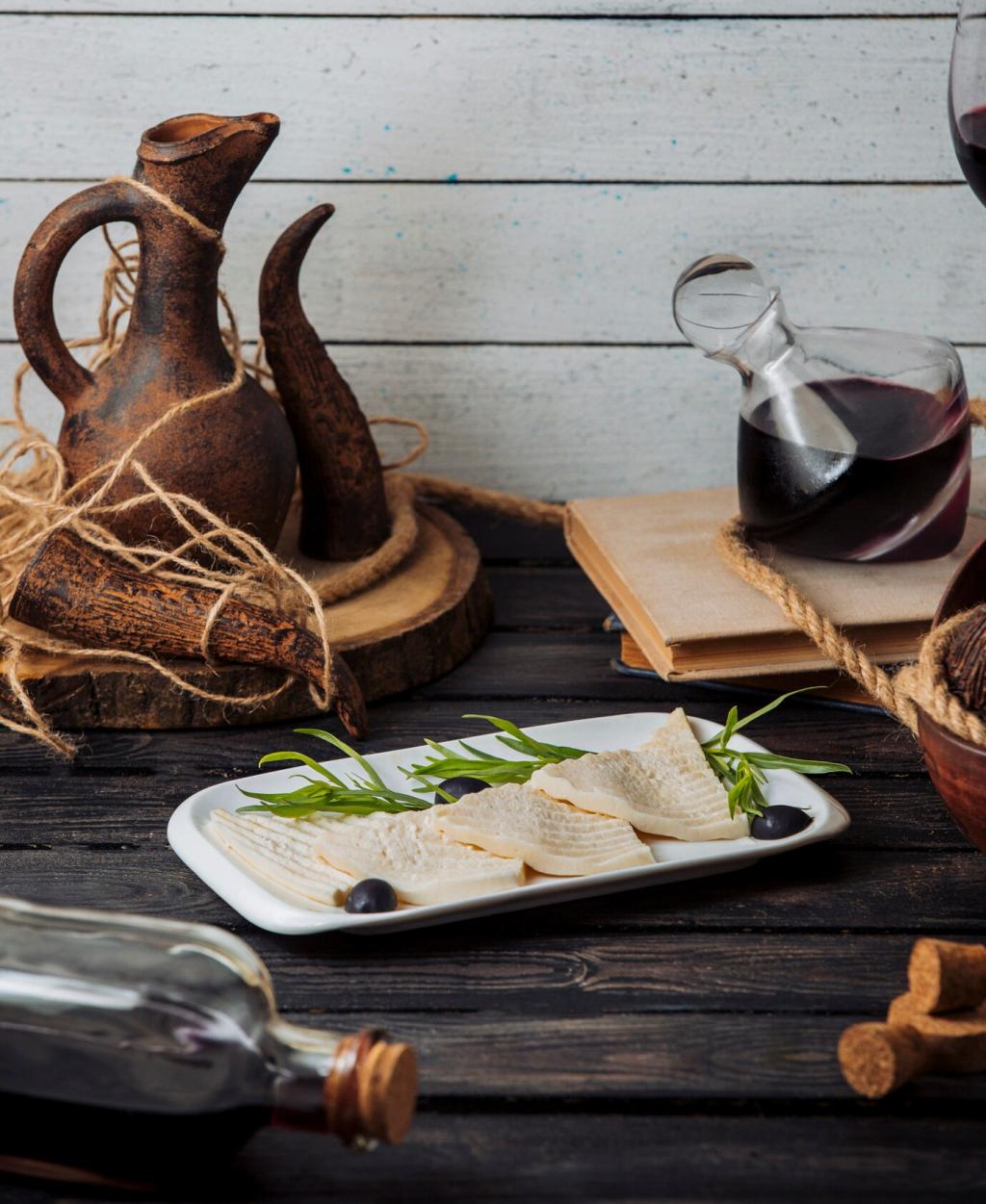
Global Culinary Expeditions
Embark on an extraordinary journey that transcends borders and tantalizes the senses. Global Culinary Expeditions is your gateway to discovering the world’s most captivating cuisines, exploring vibrant food cultures, and understanding the rich histories that shape every bite. Whether you’re a food enthusiast or a seasoned traveler, this exploration will inspire your palate and ignite your wanderlust, uniting passionate cooks and curious gourmets in a global celebration of flavor, tradition, and culinary adventure.
Savoring Authentic Street Food
Southeast Asian Night Markets
Step into the electrifying world of Southeast Asian night markets, where the air sizzles with the scent of grilled satay, spicy noodles, and tropical fruits. Each stall is a testament to centuries of culinary evolution, blending indigenous flavors with influences from traders and settlers. Sampling street food in cities like Bangkok and Ho Chi Minh City reveals the heart of these societies, where food is not just sustenance but a communal celebration. From the fiery kick of Thai papaya salad to the comforting richness of Vietnamese banh mi, these markets invite you to explore, taste, and immerse yourself in a living culinary tradition.
Latin American Food Stalls
Latin America pulses with lively street corners serving everything from Mexican tacos to Peruvian anticuchos. Often operated by multi-generational families, these stalls offer dishes rooted in tradition and adapted through innovation. Sampling empanadas in Buenos Aires or pupusas in El Salvador is much more than a meal—it’s engaging with the local history, language, and daily rhythms. Colorful, dynamic, and unpretentious, Latin American street food is an expression of the region’s vibrant spirit and a delicious introduction to its diverse culture.
North African Souks
Walking through the labyrinthine alleys of a North African souk is a feast for the senses. The air is perfumed with the aromas of cumin, cinnamon, and roasting meats. In countries like Morocco and Tunisia, street vendors craft dishes such as spicy merguez sausages and honey-soaked pastries, showcasing a confluence of Arab, Berber, and Mediterranean influences. Joining locals over a bowl of harira or a warm flatbread is to partake in ancient traditions where hospitality reigns, and every bite tells a story rich in history and culture.
Exploring Culinary Traditions and Rituals
Japanese Kaiseki Dining
Kaiseki is Japan’s epitome of refined dining—a harmonious progression of courses showcasing seasonality, artistry, and precise technique. Rooted in the Zen Buddhist tea ceremony, kaiseki dinners are both a culinary and spiritual experience. Each dish is thoughtfully presented to balance flavor, color, and texture, highlighting regional ingredients and reflecting the chef’s philosophy. Guests partake in this carefully orchestrated meal not only to savor exquisite food but also to experience omotenashi, the Japanese art of hospitality that imbues every moment with respect and grace.
French Family Meals
In France, the family meal is a cherished tradition, often stretching over several courses and lasting for hours. Deeply embedded in French culture, these gatherings revolve around the pleasures of sharing bread, wine, and conversation. From rustic countryside lunches to sumptuous Sunday dinners, each occasion is an opportunity to reinforce bonds and savor recipes handed down through generations. Rituals such as the cheese course or lingering over coffee reflect a national appreciation for the joy of eating well, where time slows and every flavor is savored.
Ethiopian Coffee Ceremonies
The Ethiopian coffee ceremony is a daily ritual that goes far beyond brewing and drinking coffee—it’s a symbol of respect, friendship, and hospitality. Fresh green beans are roasted over an open flame, ground by hand, and infused in a special pot called a jebena. The ceremonial process, from the aromatic roasting to the attentive pouring, transforms coffee into a communal event. Sharing several rounds of coffee with guests signifies warmth and connection, highlighting the profound role of food and drink in uniting a community.
Trekking Through Regional Flavors
Mediterranean Coastlines
The Mediterranean is synonymous with sun-kissed produce, olive oil, and the intoxicating aroma of fresh herbs. Meandering along its coastlines, you encounter the simplicity of Greek salads, the boldness of Italian pasta, and the vibrant mezze of Lebanon and Turkey. Each region celebrates its bounty, weaving together flavors from sea and land to create dishes brimming with freshness. Here, sharing food is a social affair, accompanied by laughter, conversation, and a deep respect for the simple, wholesome ingredients that have sustained civilizations for centuries.
South Asian Spice Routes
South Asia is a kaleidoscope of flavors, shaped by centuries of spice trade and cultural exchange. The cuisines of India, Pakistan, and Sri Lanka are defined by a masterful use of spices like cardamom, turmeric, and cumin. Each region boasts unique specialties, from fiery Goan curries to aromatic biryanis and delicate Bengali sweets. The act of cooking and sharing meals is intertwined with rituals and celebrations, reflecting a profound appreciation for complex flavors and communal dining. Travelling through South Asia unravels stories of resilience, adaptation, and the inventive spirit of its people.
Scandinavian Highlands
In the heart of the Scandinavian highlands, ancient culinary traditions are preserved amidst breathtaking landscapes. Nordic cuisine emphasizes purity, seasonality, and the bounty of nature, with dishes drawn from forests, lakes, and fjords. From Swedish gravlax to Norwegian cloudberries and Icelandic lamb, every meal reflects a harmonious relationship with the environment. Reverence for seasonal changes and a minimalist approach to preparation reveal a deep respect for ingredients, making Scandinavian food both comforting and elegant—an ode to the land and its rhythms.

Nikkei Cuisine
Nikkei cuisine is a delicious intersection of Japanese and Peruvian culinary heritage, born from the Japanese diaspora in South America. This inventive fusion spotlights the delicate techniques of sushi and sashimi, married with bold Peruvian ingredients like aji amarillo peppers and citrusy ceviche. The result is a vibrant, dynamic cuisine—think tiradito with miso, or tempura with quinoa and Andean spices. Nikkei reveals how migration can birth exciting new flavors, exemplified by forward-thinking chefs who honor their heritage while embracing creative freedom.

Modern Israeli Gastronomy
Modern Israeli cuisine is a dynamic mosaic, fusing influences from North Africa, Eastern Europe, the Middle East, and beyond. In the hands of innovative chefs, traditional ingredients like za’atar, tahini, and fresh herbs get new expressions, producing dishes that are both rooted and revolutionary. From reimagined street foods to sophisticated tasting menus, Israeli gastronomy captures the country’s complex history and diverse population. Dining here is an exploration of identity, where recipes evolve through creativity and open exchange, redefining what it means to eat Israeli.

Molecular Gastronomy
Pioneered by science-minded chefs, molecular gastronomy pushes the limits of culinary technique, exploring the physical and chemical transformations that occur during cooking. This avant-garde approach defies expectations with playful dishes like foams, spheres, and edible airs, where taste, texture, and presentation are reimagined. Restaurants like El Bulli and The Fat Duck invite diners on multisensory adventures, where each course is an experiment in delight. Molecular gastronomy is more than spectacle—it’s an invitation to question, imagine, and experience food in entirely new ways.
Culinary Journeys for the Senses
A Moroccan feast in a traditional riad is a celebration of color, aroma, and conviviality. As you cross the threshold, you’re enveloped in the warmth of intricate tilework and the heady scent of spices like saffron and cumin. Tagines bubble slowly as platters of couscous and fresh salads arrive in vibrant succession. Live music and the laughter of fellow diners create a lively backdrop, while the act of sharing food from communal plates fosters a sense of belonging. This rich sensory tapestry transforms dining into a cherished experience, leaving lasting impressions long after the meal has ended.
The Impact of Food Tourism
Farm-to-Table Experiences
Participating in farm-to-table experiences is a powerful way to connect with the origins of food and appreciate the effort behind each meal. At farms and gardens worldwide, travelers can pick their own produce, learn from growers, and even join in cooking classes. These immersive endeavors foster a renewed respect for sustainability and seasonality, while supporting local agriculture. Sharing a meal at the source offers a unique perspective—tasting the freshest possible ingredients and gaining insight into a community’s deep-rooted relationship with its land and natural resources.
Culinary Heritage Preservation
As travelers seek out authentic food experiences, the importance of preserving culinary heritage has become more pronounced. Initiatives around the globe focus on rescuing disappearing recipes, supporting traditional cooks, and safeguarding rare ingredients. By attending community festivals, cooking workshops, or heritage dining experiences, visitors contribute to the protection of intangible cultural treasures. Food tourism thus becomes a means of sustaining cultural diversity, strengthening identities, and celebrating the remarkable ingenuity found in kitchens everywhere.
Global Food Markets
Exploring global food markets is an adventure in itself, as they serve as crossroads where cultures, flavors, and stories converge. Whether navigating the labyrinthine corridors of Istanbul’s Grand Bazaar, sampling cheeses in Paris’s Marché d’Aligre, or haggling for spices in Jaipur, markets pulsate with life. They provide not only access to incredible food but also insight into the rhythms of daily life and the values of local communities. Food markets are microcosms of the broader world, offering a tangible connection to history, commerce, and culinary exploration.
Previous
Next
Participating in a cooking class abroad is an eye-opening journey into authentic culinary techniques. In a family kitchen in Italy or a countryside home in Thailand, travelers roll up their sleeves to prepare time-honored dishes under expert guidance. These sessions emphasize not only recipes, but also the stories, memories, and values intertwined with the act of cooking. Learning to shape pasta, grind spices, or fold dumplings side-by-side with locals opens a dialogue across language barriers and generations, reinforcing the universal language of food.
